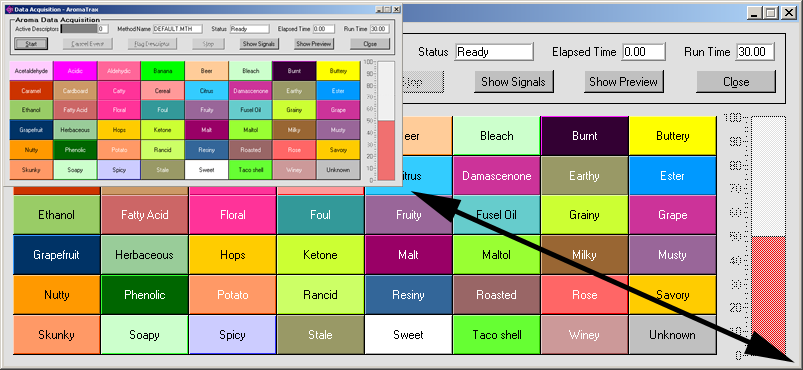Did it ever happen to you during the coffee tasting that you were not able to determine or describe what tastes or what the tested sample is approaching and familiar to? In addition to various comparative aromatic orchards (le nuz de cafe, etc.), a much more sophisticated and scientific method based on the analysis of odor particles, developed by Jaciek Koziel's team at the Faculty of Agriculture at Iowa State University, is emerging.
The following hard-to-say words like solid-phase microextraction (SPME) and multidimensional gas chromatography-mass spectrometry-olfactometry (mdGC-MS-O) sound very complicated, but in reality these odor detection tools are able to tell us a lot about the aromatic components found in coffee. According to these chemical-technological processes, there is a random connection between the ladybug and a specific defect in the examined coffee sample. These tools are used for greater objectivity in examining and finding specific flavors in samples and thus eliminating excessive subjectivity in describing individual flavor components.
Techniques
Gas chromatography (GC) is a technique used to analyze gas components, which together with mass spectrometry (MS) can determine aromatic components according to the number of molecules in a certain character range.
The mdGC-MS-O technique allows to recognize and individually analyze the chemical composition of the sample.
SPME (solid phase microextraction) is a technique for converting from a solid sample to a gaseous component for analysis by mdGC-MS-O without disturbing or changing the concentration of volatile organic compounds in the sample. SPME is mainly used in the field because sample preparation does not require special training and the resulting extractions can be stored and transported for several days, in short, until a chromatograph (GC) and spectrometer (MS) are available.
The combination of these techniques causes great sensitivity to recognize up to one trillionth of the level of the aromatic mixture. Along with these, the so-called fluoractometry (sniffing) is used to compare samples using the human sense of smell. At the same time, these techniques can provide feedback to the taster to improve his ability to identify the type of defect in the sample.
Clear software also works on the touch screen.




Share:
New La Marzocco lever baskets
Out of the Box Praha 2012